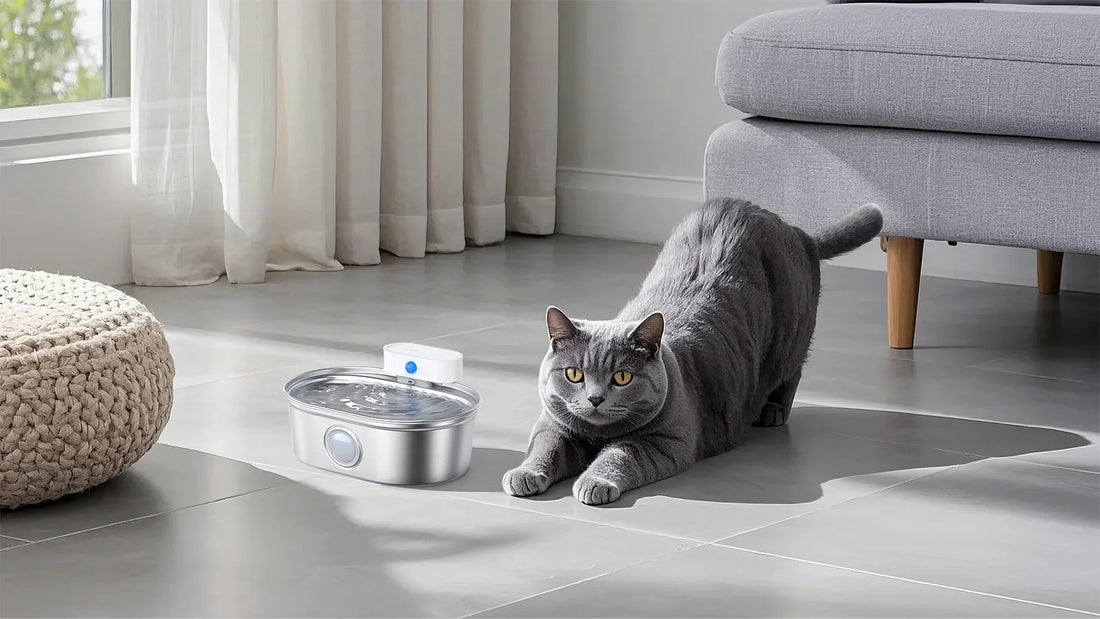Pet dander is a common allergen that can linger in the air, causing discomfort for both humans and pets. If you're struggling with how to remove pet dander from air, you're not alone. This guide will walk you through practical and effective strategies to keep your home's air clean and fresh.
Understanding Pet Dander
Pet dander consists of tiny, even microscopic, flecks of skin shed by cats, dogs, rodents, birds, and other animals with fur or feathers. These particles can become airborne and settle on surfaces throughout your home. For people with allergies or asthma, pet dander can trigger symptoms such as sneezing, runny nose, and itchy eyes.
Regular Cleaning is Key
One of the most effective ways to reduce pet dander in the air is through regular cleaning. Vacuuming carpets, rugs, and upholstery with a vacuum cleaner equipped with a HEPA filter can capture dander particles that settle on surfaces. Additionally, mopping hard floors and wiping down surfaces with a damp cloth can help remove dander that has settled.
Use Air Purifiers
Air purifiers are a great tool for removing pet dander from the air. Look for purifiers with HEPA filters, as they are designed to capture small particles like dander. Place air purifiers in rooms where your pets spend the most time, such as the living room or bedroom, to ensure the air remains clean.
Maintain Your HVAC System
Your home's heating, ventilation, and air conditioning (HVAC) system can also play a role in managing pet dander. Regularly changing the filters in your HVAC system can prevent dander from circulating throughout your home. Consider using high-efficiency filters that are designed to capture smaller particles, including pet dander.
Groom Your Pets Regularly
Regular grooming can significantly reduce the amount of dander your pets shed. Brushing your pets outside can help remove loose fur and dander before it has a chance to spread indoors. Bathing your pets with a hypoallergenic shampoo can also help reduce dander, but be sure not to overdo it, as excessive bathing can dry out their skin and lead to more dander.
Wash Bedding and Soft Furnishings
Pet dander can easily accumulate on bedding, curtains, and other soft furnishings. Washing these items regularly in hot water can help remove dander and keep it from becoming airborne. If possible, use allergen-proof covers on mattresses and pillows to create an additional barrier against dander.
Limit Pet Access to Certain Areas
If pet dander is a significant concern, consider limiting your pets' access to certain areas of your home, such as bedrooms or other spaces where you spend a lot of time. This can help reduce the amount of dander in those areas and make it easier to manage overall.
Use a Humidifier
Maintaining the right level of humidity in your home can help reduce the amount of pet dander in the air. Dry air can cause dander to become more airborne, while a humidifier can help keep dander particles from becoming as easily dispersed. Aim for a humidity level between 30% and 50% for optimal results.
Consider Allergen-Reducing Sprays
There are sprays available that are designed to neutralize allergens, including pet dander. These sprays can be used on furniture, carpets, and other surfaces to help reduce the amount of dander in your home. Be sure to follow the manufacturer's instructions for best results.
Stay Consistent with Your Efforts
Removing pet dander from the air is not a one-time task; it requires consistent effort. By incorporating these strategies into your regular cleaning routine, you can create a healthier environment for both you and your pets. Remember, the key to success is consistency and diligence.
By following these tips, you can effectively reduce pet dander in your home and enjoy cleaner, fresher air. Whether you're dealing with allergies or simply want to create a more comfortable living space, these methods will help you achieve your goal. Start implementing these strategies today and breathe easier knowing you're taking steps to improve your indoor air quality.













